Torque wrenches were born as a necessity. These tools powered the automotive industry like never before, improving the performance of workers on an assembly line. However, the high demand for cars and other products demanded the invention of a more powerful and faster tool.
The solution to the problem came with the invention of the first impact wrench. These tools let you apply high torque without effort. While in the past workers had to use muscular force to tightening or loosening bolts, now they only needed to pull a trigger to get the job done.
If you’re curious to learn more about these wonderful tools, you’re certainly in the right place. Today we’ll explain you how does an impact wrench work and we’ll show you all the different types currently available on the market. Finding the best impact wrench for you will be much easier once you go through this guide.
Electric impact wrenches are powered by electricity. They can be corded or cordless. Corded models need to be plugged into an outlet to work. They’re very powerful but not practical when you need to use them in places away from electric power sources.
On the other hand, cordless models use a brushless motor powered by a nickel-cadmium or lithium battery. Brushless motors have a superior lifespan because they don’t produce friction between the rotor and the stator. This means less waste, less noise, and less maintenance.
However, brushless motors aren’t as powerful as conventional electric motors. So, the torque generated by a cordless impact wrench is quite limited compared to a corded impact wrench. Also, batteries tend to discharge too quickly, forcing you to stop during work to recharge.
Cordless models are a lighter and more portable option compared to corded impact wrenches. Also, they’re perfect to work on difficult corners where working with an electric cord is uncomfortable.
Pneumatic impact wrenches are powered by compressed air.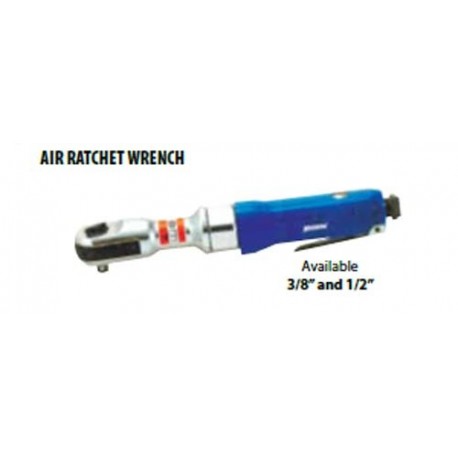 So, they necessarily need to be connected to an air compressor to work. Pneumatic models are much more powerful than the electric types when compared, but they’re much more difficult to transport.
So, they necessarily need to be connected to an air compressor to work. Pneumatic models are much more powerful than the electric types when compared, but they’re much more difficult to transport.
So, if you intend to carry your pneumatic tool to different places, make sure the air compressor has big and resistant wheels.
Unlike electric models, pneumatic impact wrenches don’t let you to adjust torque. So, it isn’t recommended to use them on rusted bolts, because excessive torque may break them.
Hydraulic impact wrenches are the most powerful of all. They’re stationary and are usually used for industrial purposes. These tools are powered by hydraulic fluid pumped at high pressure.
Impact wrenches use a motor and a spring to accelerate a rotating mass known as a hammer (no, we are not talking about the framing hammer). During this process, the hammer hits the output shaft (also known as anvil) to generate torque impact.
In a single revolution, the hammer hits once or twice the anvil. Those models that deliver only one hit per revolution can generate more torque than the rest.
Usually, the hammer is able to rotate and slide on a pivot while a spring holds it at the bottom. There’s also a steel ball between the anvil and the hammer. This steel ball slides the hammer backwards and compresses the spring at the bottom if the input shaft spins ahead of the hammer.
Below the hammer there are metal teeth that lock the hammer, turning the acceleration into torque impact. When the hammer stops, the input shaft keeps turning and slides the steel ball forward. At this point, the hammer and spring are released to restart the cycle.
When there’s no high load on the rotating head of the wrench, the ball won’t compress the spring and the impact wrench will run smoothly as a common drill.
On other models, there are two pins on the input shaft that work as clutches. In this configuration, the metal ball compresses the pins against a spring. When the pins slide outwards, they hit the anvil and generate torque impact. In this case the hammer speeds up much more and applies more torque. However, the higher impacts also tend to damage the teeth.
When the pins slide outwards, they hit the anvil and generate torque impact. In this case the hammer speeds up much more and applies more torque. However, the higher impacts also tend to damage the teeth.
Another configuration uses a swinging weight and a protrusion around the anvil’s pivot. While the hammer rotates, the swinging weight is placed in position for impact after hitting the anvil. Finally, the swinging weight transfers the energy of the impact to the rotating head of the wrench.
This configuration delivers a single hit per revolution, which means a greater torque generation. However, it also transfers too much vibration, which is annoying for some users.
As you can see, not all impact wrenches work the same way. There are at least three different ways to generate torque for safely tightening and loosening bolts. However, in each case, the principle is always the same. A rotating hammer that hits an anvil and transfers the energy of the impact to the spinning head of the wrench.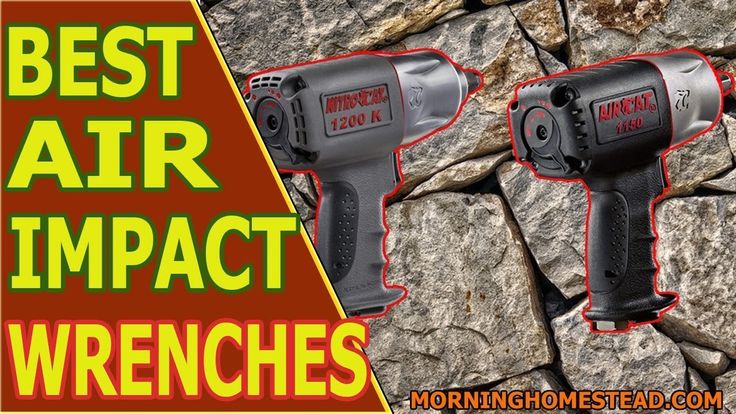
Now that you know how does an impact wrench work, you can quickly identify each of its parts and the possible causes of a certain failure. Indeed, the more you know your tool, the better prepared you’ll be to properly use it.
Q. 1: Is it possible to use an impact wrench as a drill?
Yes. You can adapt a drill bit to your impact wench to use it as a drill. However, in these cases it’s recommended to use a model with a torque adjustment system.
Q. 2: Can you use an impact driver as an impact wrench?
Yes. An impact wrench can perform all the basic functions of an impact driver. However, impact wrenches are much more powerful than impact drivers.
Q. 3: What is the best compressor for an impact wrench?
It all depends on the air pressure and the CFM required by your wrench. You can find these requirements on the user manual of the product.
Q. 4: Is it possible to use an impact wrench to loosen lug nuts?
Yes.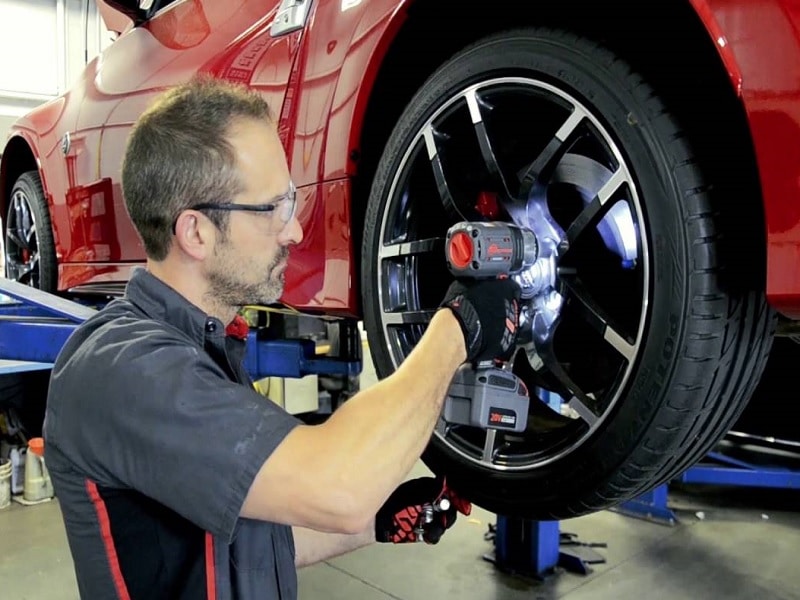 You can use a torque wrench for loosening and tightening lug nuts. If you intend to use an air impact wrench, you should be careful to not exceed the applied torque so as not to break the nuts.
You can use a torque wrench for loosening and tightening lug nuts. If you intend to use an air impact wrench, you should be careful to not exceed the applied torque so as not to break the nuts.
Q. 5: What is the main purpose of impact wrenches?
Impact wrenches were initially created for tightening and loosening bolts without the application of muscular force. However, modern models can also work as drills and impact drivers.
Q. 6: When it isn’t recommended to use an impact wrench?
It isn’t recommended to use an impact wrench when the minimum torque generated by the tool exceeds by far the torque required by the bolts. It’s also not recommended to use them when the bolts are rusted or visibly damaged.
An impact wrench is a tool that is used when no other hand wrench will work. Sometimes a lug nut, screw, or fastener has been wound too tightly, the head has been stripped of its grip, has become frozen or too rusted. An impact wrench brings additional force and grip to turn the lug or screw so it can be removed. While there is an electric impact wrench, the most common type being used is the air impact wrench or pneumatic impact wrench powered by compressed air through pneumatic valves.
An impact wrench brings additional force and grip to turn the lug or screw so it can be removed. While there is an electric impact wrench, the most common type being used is the air impact wrench or pneumatic impact wrench powered by compressed air through pneumatic valves.
Impact wrenches give out a high rotational torque with an internal hammering that transfers kinetic energy to the output shaft. Of course, the high output torque needs to be adjusted to the correct level so the energy output is accurately delivered to the lug, nut, or screw.
The detailed working process includes:The airflow is powered by the adapter and the air is forced through two holes in the base. Both holes are positioned for the forward or reverse operation.
The airflow is directed through a hole in the backplate, which in turn directs the air so it can touch the rotor blades and rotor cylinder.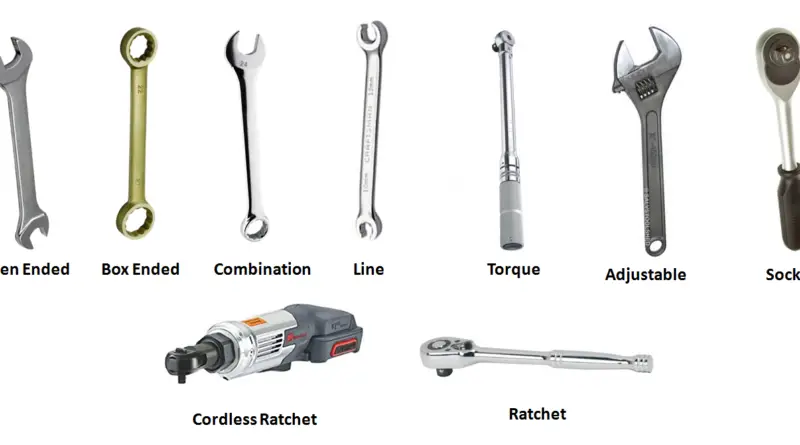 This will then spin the main rotor.
This will then spin the main rotor.
The edge of the rotor cylinder comes with a spline that pushes the hammer cage and hammer to rotate with the whole rotor. It is this rotating hammer which unscrews (or screws) any nut, lug, screw, or bolt.
Pneumatic wrenchesCompressed air-powered impact wrenches provide the most torque power compared to electrically powered ones. More professionals in shops and assembly lines use pneumatic wrenches as the preferred type. This is because they are easier to use and weigh far less.
Since pneumatic wrenches only need an air compressor, these are fairly inexpensive and with no electrical components, the odds of having a malfunction are thus, almost zero. And the biggest advantage of pneumatic wrenches is that they will not overheat.
Any heat generated is within the rotating elements, but this heat is quickly dissipated because of the compressed and pressurised air. You’ll find more pneumatic wrenches in manufacturing plants and assembly lines since they can be worked for long hours without overheating.
You’ll find more pneumatic wrenches in manufacturing plants and assembly lines since they can be worked for long hours without overheating.
MasterMac2000 P/L is the only authorised distributor of pneumatic valves for Mack Valves in Queensland and Northern New South Wales. Mack Valves are made in Australia and are well-known as an international brand that has always been reliable. For your valve and cylinder industrial needs, call us on 07 3344 4711 or visit https://mastermac2000.com.au/ to view our full product line.
Threaded connections are quite capricious. As soon as a certain layer of corrosion forms on the thread, it becomes problematic to unscrew the nut or unscrew the bolt. There is even such a term: "the carving has become boiled." Although this process has nothing to do with boiling. This is a process associated with corrosion, in which a layer of rust forms between the threads, and the friction in the threaded connection increases so much that it is impossible to unscrew the nut or bolt without destroying this thin layer between the threads.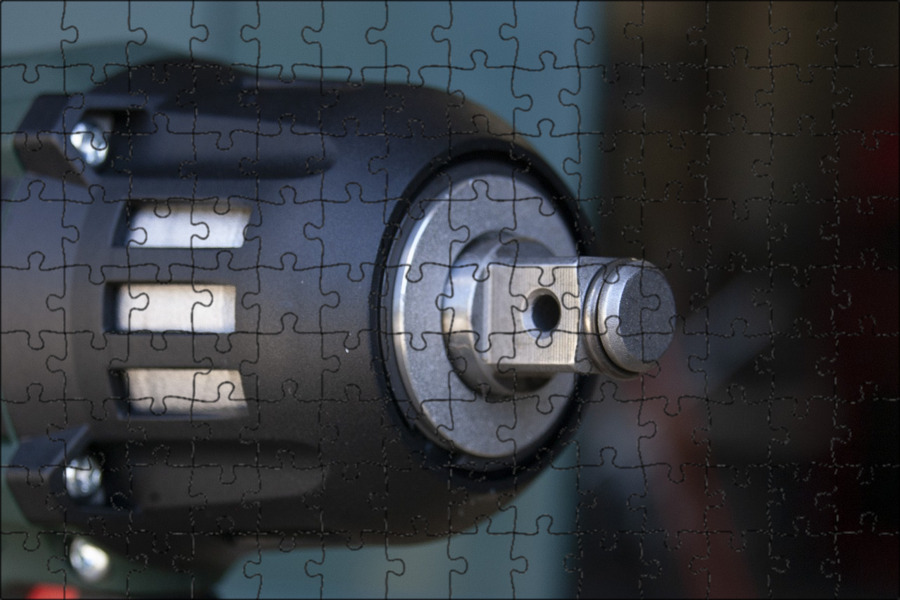 You can try to unscrew it in the traditional way, but then there is a danger that the edges on the bolt head or nut will be torn off.
You can try to unscrew it in the traditional way, but then there is a danger that the edges on the bolt head or nut will be torn off.
And the destruction of the “sticky” layer occurs due to the shock loads that this type of wrench creates. The high frequency of shock loads is able to move almost any threaded connection without much physical effort on the part of a person. And then the process of unscrewing goes like clockwork.
You can, of course, pour a special active liquid into each threaded connection, which will partially corrode the layer of deposits between the threads. But the active fluid works very slowly, and the dissolution of deposits is also slow. And with the use of an impact pneumatic wrench, everything happens very quickly.
Inside the wrench, two power units can be distinguished that operate in different modes. The first block is responsible for the rotation of the wrench head. The second block is for creating shock loads. Rotation occurs through the use of compressed air. Compressed air enters through a hose from the compressor.
The second block is for creating shock loads. Rotation occurs through the use of compressed air. Compressed air enters through a hose from the compressor.
There are two channels inside the wrench body that direct the compressed air in different directions with respect to the turbine blades. One air direction gives forward rotation. The second direction of air flow gives reverse rotation. The direction of the air and, accordingly, the direction of rotation is given by a special switch that distributes the air flows.
From the turbine, through the rotor, rotation is transmitted to the working head of the wrench and to the impact mechanism, which consists of two cams (hammers). The cams have a rather complex configuration. If at the moment of unscrewing there is not enough torque to unscrew the nut, the impact force, which is formed by two cams, helps. In the twisting mode, in many models of an impact wrench, the cams (hammers) do not work. Those. the spinning process proceeds normally. There are also systems where only one impact cam is used, and not two.
There are also systems where only one impact cam is used, and not two.
The cam impact mechanism is an analogue of a conventional clutch, which starts to work only if certain conditions occur, namely, the appearance of a certain force when unscrewing or tightening. Up to this point, until the force has reached its maximum values, the impact system works like a traditional clutch that transmits rotation.
The main difference lies in the torque that the pneumatic impact wrench creates. The amount of torque a wrench will have depends on the size of the turbine and the number of blades, as well as how much pressure the blower creates. The more powerful the compressor, the more force can be applied to the wrench.
In addition, the difference lies in the size and shape of the working head of the impact wrench. Some models are available with interchangeable heads to fit different sizes of nuts or bolt heads.
The use of an air impact wrench greatly reduces the time required to tighten or loosen threaded connections. The impact wrench is able to cope with any, even heavily clamped and oxidized threaded connection. Moreover, all the loads will fall on the tool, and not on the person.
For convenience, pneumatic wrenches can be equipped with additional handles located perpendicular to the axis of the wrench. Moreover, additional handles can often be rearranged in one direction or another.
The pneumatic impact wrench is significantly lighter than its electric counterpart. This is due to the fact that the air motor, which is installed in this type of nutrunner, is itself lighter than an electric motor, but no power is lost. It is much easier to work with a light tool.
In addition, a pneumatic wrench does not get as hot during operation than an electric wrench.
Another advantage is the ability to connect several pneumatic tools to one compressor at once.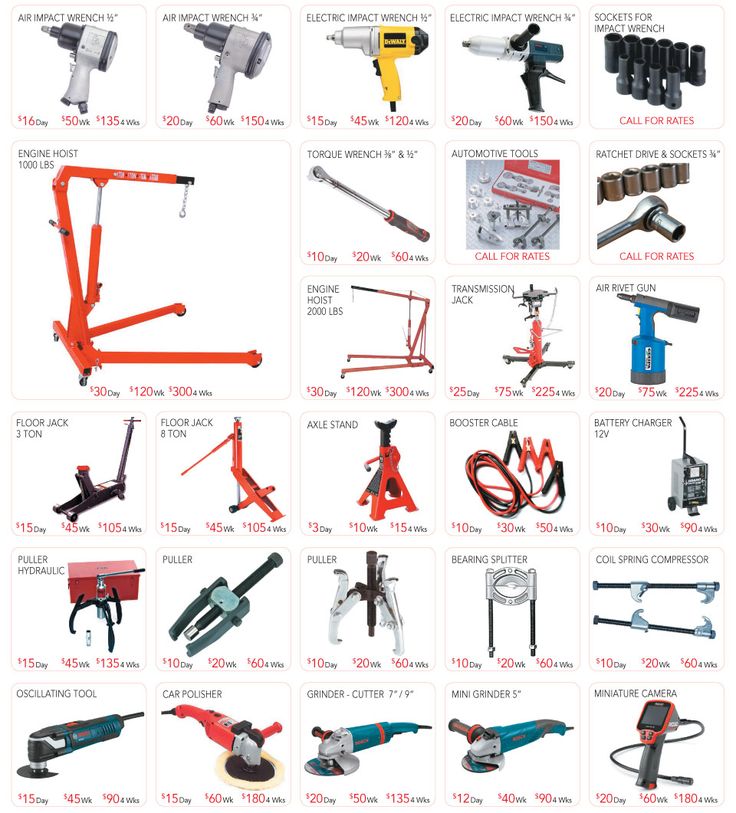 Naturally, if the compressor is able to create the right pressure and the right amount of air.
Naturally, if the compressor is able to create the right pressure and the right amount of air.
First of all, these are large enterprises, namely assembly shops. Where there is a lot of installation and dismantling work associated with threaded connections. There, all the wrenches are connected to a powerful pneumatic line. In workshops that are engaged in tire fitting operations or similar operations related to tightening and unscrewing threaded connections. For example, these are car services that deal with the collapse of the convergence of the chassis of a car, operations related to the repair of car suspension.
In domestic conditions, most likely, it is irrational to use an impact pneumatic wrench. Although there are situations when it is impossible to unscrew a nut or bolt without this tool. But if you approach from the point of view of the cost of acquiring the entire set of equipment, then it is the compressor, and not the wrench itself, that will cost a lot of money.
Any master knows that the most time-consuming process when assembling structures or repairing mechanisms is unscrewing and tightening threaded connections. But if pneumatic wrenches are used for these purposes, then such work turns into an ordinary formality. This handy tool has many advantages, but you should learn more about the nuances of its operation. 9Ol000
Pneumatic Impact Wrench Design and Operation The figure below shows the pneumatic impact wrench in detail. The unit consists of the following elements placed in a sturdy metal case.
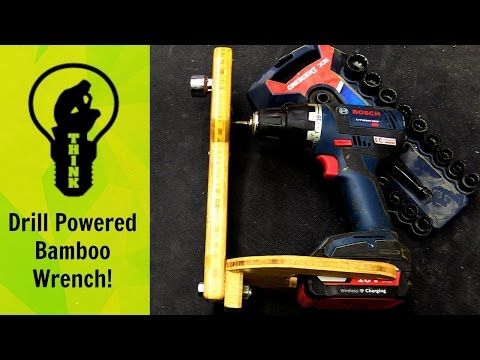
Due to the absence of a motor, this unit is much lighter than its electric counterpart. And the torque of the wrench has high rates - from 300 to 2200 Nm (Newtons per meter).
Inside the unit, 2 main power units can be distinguished, each of which is designed to operate in different modes. The first block is an air motor that transmits rotational motion to the tool head. The second block is a node that creates shock loads. The pneumatic actuator rotates due to the passage of compressed air through it, supplied through a high-pressure hose from the compressor.
The body of the device contains 2 channels . For each of them, the air is directed in different directions relative to the turbine. In the first case, the air pushes the turbine clockwise, that is, to twist, and in the second, counterclockwise, to unscrew the fasteners. Air flows are distributed by a special switch.
The working principle of the pneumatic impact wrench is as follows.

Thus, with the help of a pneumatic impact tool, the process of unscrewing tight bolts and nuts is easy and fast.
Many car enthusiasts, when buying a pneumatic wrench, are wondering what kind of compressor is needed for this unit. First of all, you should pay attention to its performance according to the passport. There is one nuance here: some companies that produce compressors, in order to increase sales, indicate the performance not at the output, but at the input. For example, the documentation for the unit indicates its capacity of 210 liters per minute. This means that this indicator must be interpreted as the rate of air injection by the compressor into itself, that is, into the receiver. At the output, the performance can drop by about 30-40%. And it turns out that the unit actually produces only 146-127 l / min.
At the output, the performance can drop by about 30-40%. And it turns out that the unit actually produces only 146-127 l / min.
Based on the above, it can be understood that if the compressor is indicated with a capacity of 210 l / min, then you need to choose a wrench with a significantly lower air jet speed. For example, if the working air flow rate of the tool is 200 l / min, and the compressor according to the documentation is 210 l / min (actually - 146-127 l / min), then you will not be able to unscrew anything with such a tool or tighten it with high quality.
In addition, receiver volume also plays an important role. In household units, the cylinder can have a volume of only 24-50 liters. Under these conditions, the wrench will not work properly. Even with a receiver volume of 50 liters, after a few seconds of operation of the tool, the pressure in it decreases significantly, and in order to continue working, you have to wait until it is restored.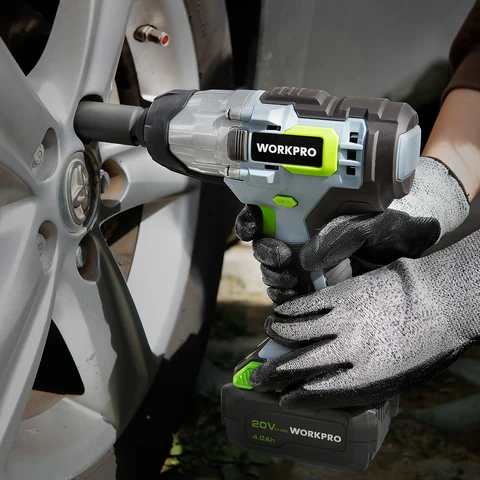 Therefore, the compressor receiver must have a volume of more than 50 liters, and the unit itself must create a pressure in it of at least 6.2 kg / cm². Otherwise, the device will not be able to develop the necessary power.
Therefore, the compressor receiver must have a volume of more than 50 liters, and the unit itself must create a pressure in it of at least 6.2 kg / cm². Otherwise, the device will not be able to develop the necessary power.
But the pressure in the system must not be too high. Exceeding the recommended pressure indicator adversely affects the main components of the tool, leads to their rapid wear and, as a result, the failure of the wrench.
The result of the above is this: if the tool is designed for an operating air speed of 119 l / min, and the compressor for the nutrunner produces 135 l / min in reality, then it can be used to unscrew and tighten wheel fasteners without any problems. But do not forget that the tool must have a torque of at least 550 Nm.
Please be aware that the hose supplied with the compressor, especially those made in China, will not be suitable for the effective operation of the wrench. Most often, these hoses have an internal section of about 6 mm. This capacity of the hose will not be enough to supply the required amount of air to the pneumatic tool. They, perhaps, can blow off dust, use it for an airbrush, but no more. Even inflating tires with it takes a lot of time.
Most often, these hoses have an internal section of about 6 mm. This capacity of the hose will not be enough to supply the required amount of air to the pneumatic tool. They, perhaps, can blow off dust, use it for an airbrush, but no more. Even inflating tires with it takes a lot of time.
It is therefore necessary to obtain another hose with a higher capacity. Ideally, this could be gas hose , which is purchased at a gas equipment store. The marking (Propane-Butane) will be visible on it, as well as the maximum pressure that it can withstand, the value of the inner diameter.
 This emulsion is capable of causing corrosion of all parts of the mechanical part of the unit. For this reason, wrenches filled with water and rust, with failed components, often end up in service shops.
This emulsion is capable of causing corrosion of all parts of the mechanical part of the unit. For this reason, wrenches filled with water and rust, with failed components, often end up in service shops. In order not to bring the tool to such a deplorable state, it is customary to install filter-drier on the compressor. Inside it is a filter mesh made of bronze using a special technology.
Air passing through the filter gives off moisture and loses all impurities that enter the sump. Typically, the body of the dehumidifier is made of transparent material to track the amount of contaminants accumulated during operation.
The sump also has a valve (located at the bottom) through which all contaminants are easily removed.
If the filter is dirty and does not provide the desired air flow, you can tell by the power drop of the tool. The impact wrench starts within normal limits for the first few seconds, but then suddenly slows down and loses power.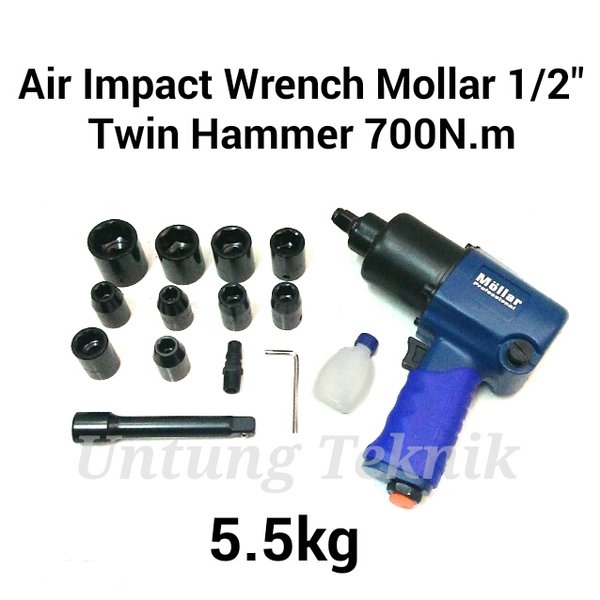 This fact is explained by the fact that the tool is started due to the accumulated air in the hose, after which it becomes insufficient due to the low throughput of the clogged filter. In such cases, the filter is removed, washed in solvent, and then well purged with air. In extreme cases, the filter must be changed. It can be purchased at stores selling pneumatic tools.
This fact is explained by the fact that the tool is started due to the accumulated air in the hose, after which it becomes insufficient due to the low throughput of the clogged filter. In such cases, the filter is removed, washed in solvent, and then well purged with air. In extreme cases, the filter must be changed. It can be purchased at stores selling pneumatic tools.
The lubrication of this pneumatic tool should be taken very seriously. If the unit can work without purified air for some time, then without lubrication it will fail very quickly. The oil supplied to the moving parts of the apparatus reduces friction between them, and also removes wear products in the form of fine dust. This dust is able to fill the gaps between the blades and the rotor, which slows down their movement. As a result, the power of the tool is significantly reduced. Problem 9 is solved0071 by installing lubricator into the system. The photo below shows its linear type.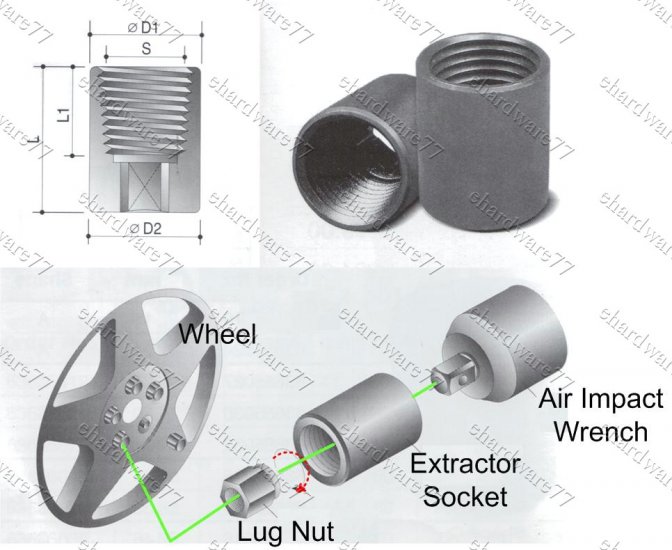
But installing a "greaser" will only prolong the life of the wrench if it is filled with a special lubricant intended only for pneumatic tools, having the correct viscosity.
Try to get a wrench oil recommended by the tool manufacturer. As a last resort, only a synthetic type oil should be used, which has good anti-wear and anti-corrosion properties and does not contain silicone.
Do not fill the lubricator with gear or engine oil, because it has a higher viscosity than required and successfully “glues” the air drive blades, due to which the unit loses power.
Specialty lubricants are also available from air tool companies.
If for any reason you are unable to install a lubricator on your machine, then you can get out of the situation in the following way.

Lubrication in this way must also be carried out before long-term storage of the tool. When using the unit in intensive mode, oil should be instilled into the fitting every 3-4 hours.
Although this method helps to prolong the life of the wrench, it is very inconvenient. You have to interrupt work and spend time cleaning the tool from dirt in the area of \u200b\u200bthe fitting, preparing lubricant. Also, during the procedure, you should carefully monitor that dust does not get into the unit. It is for these reasons that it is recommended to install a lubricator in the system, which will always supply lubricant to the tool in a timely manner.
To prolong the life of your pneumatic tool, it is recommended to listen to some tips from professional craftsmen.